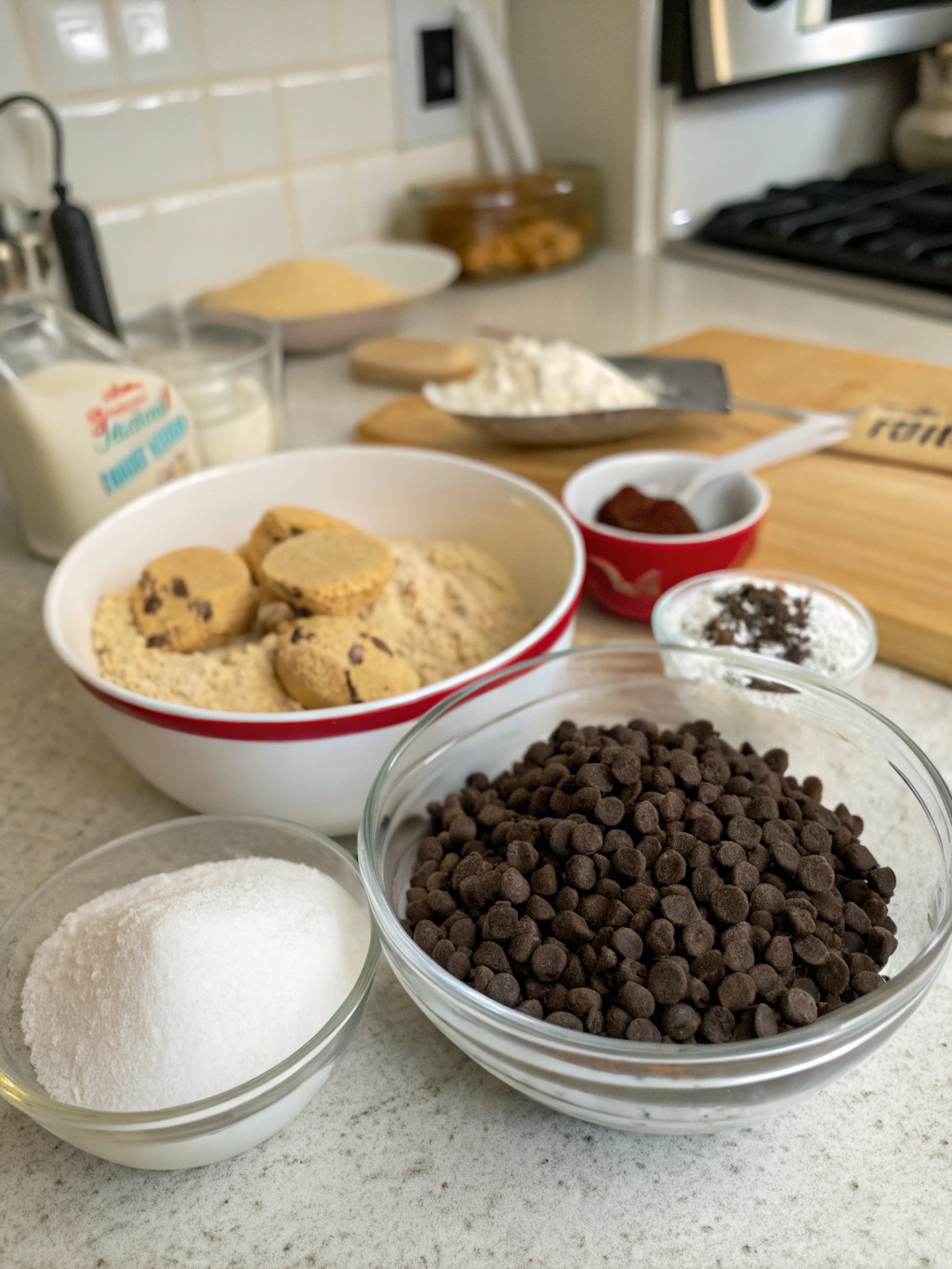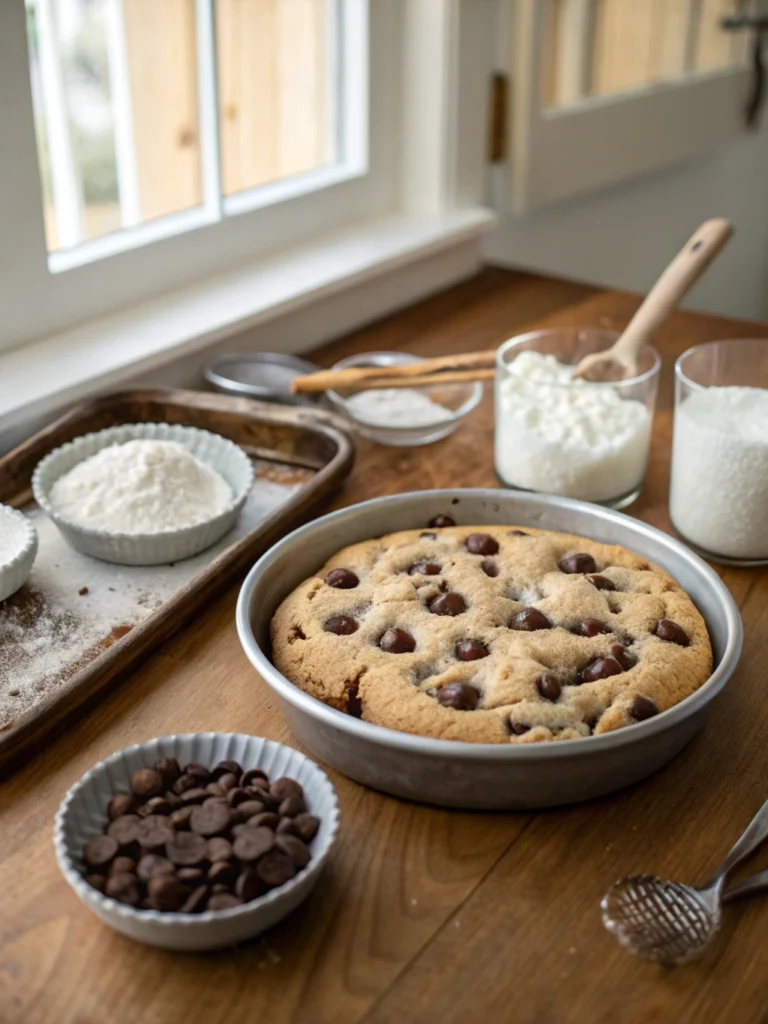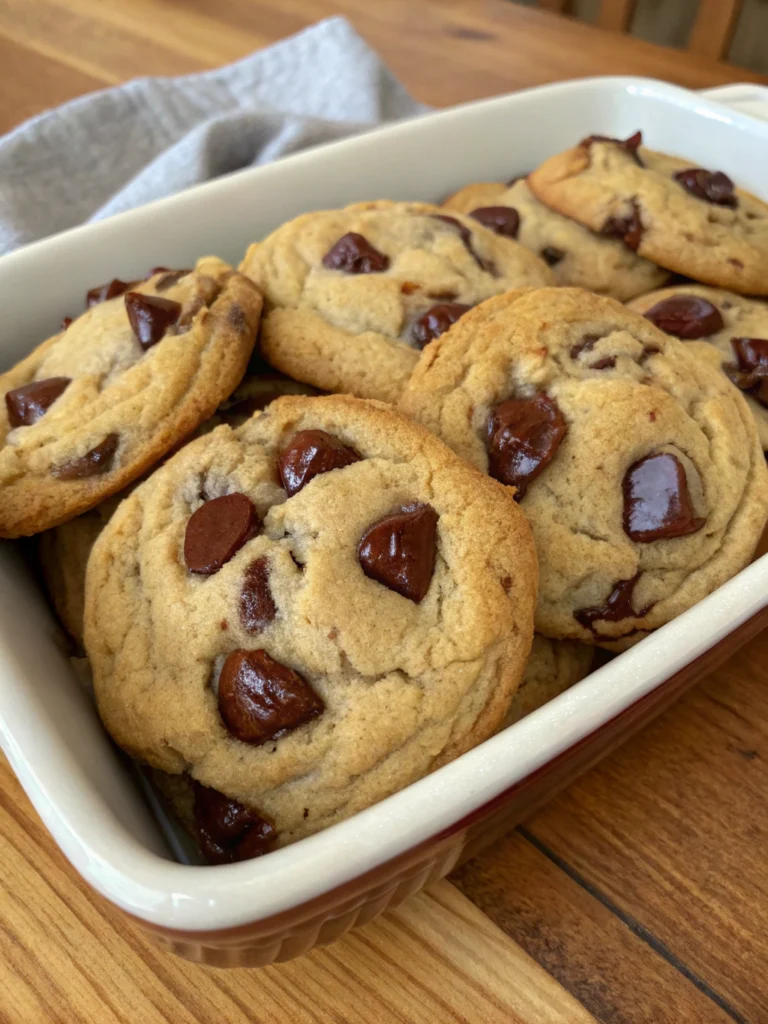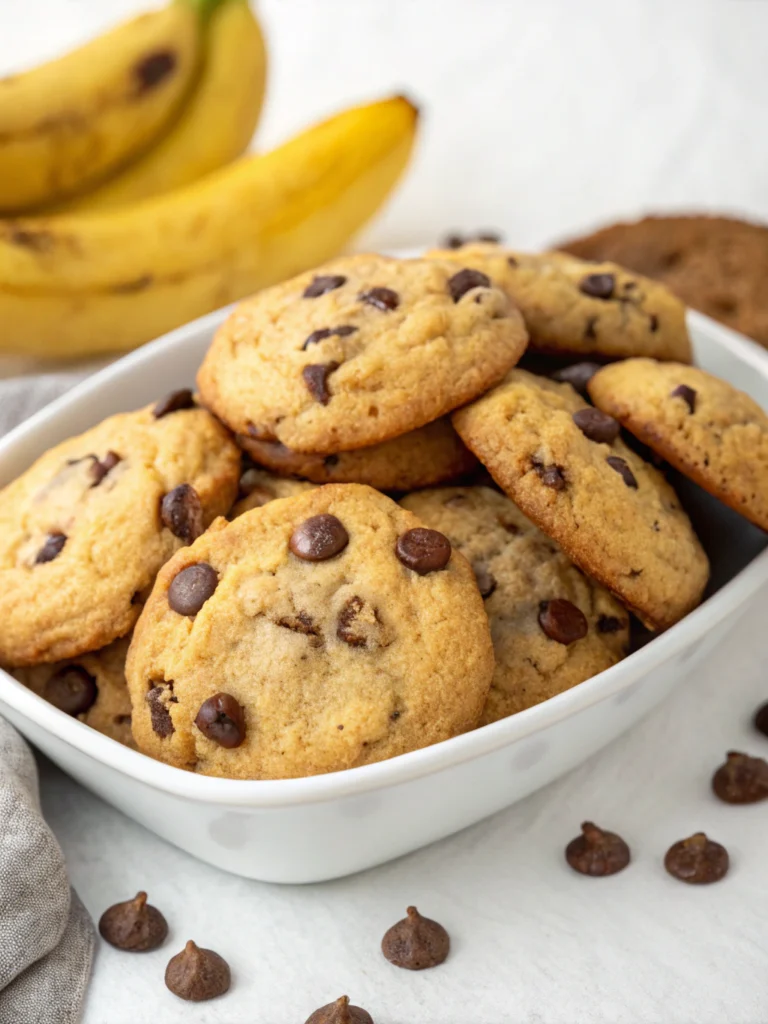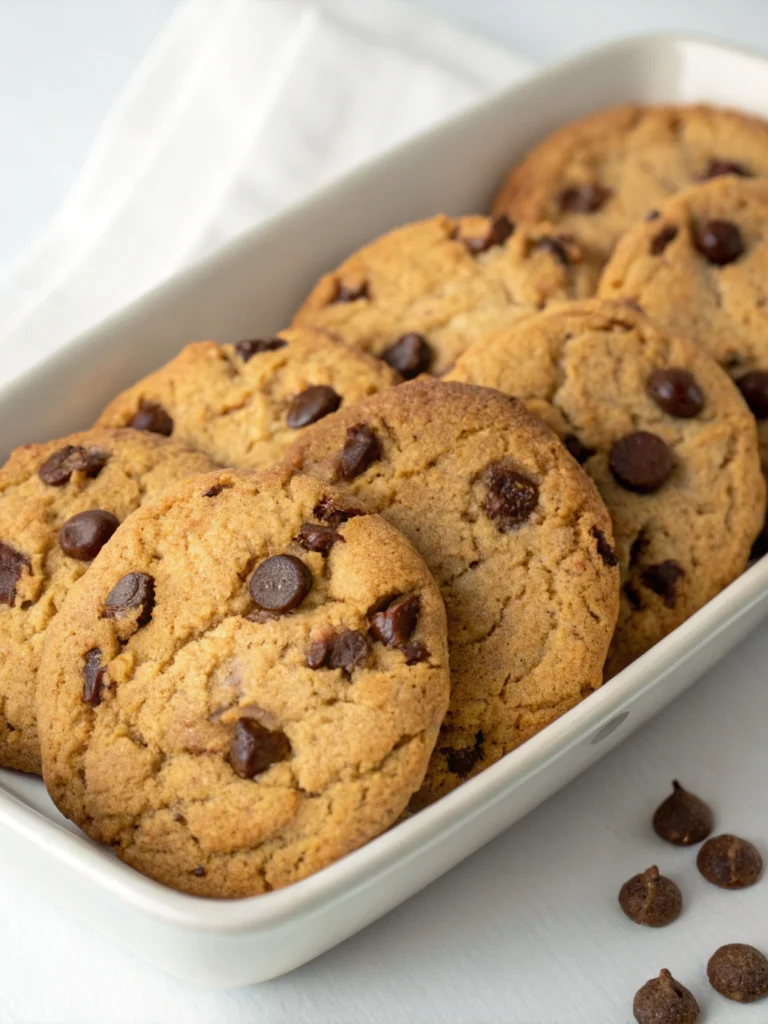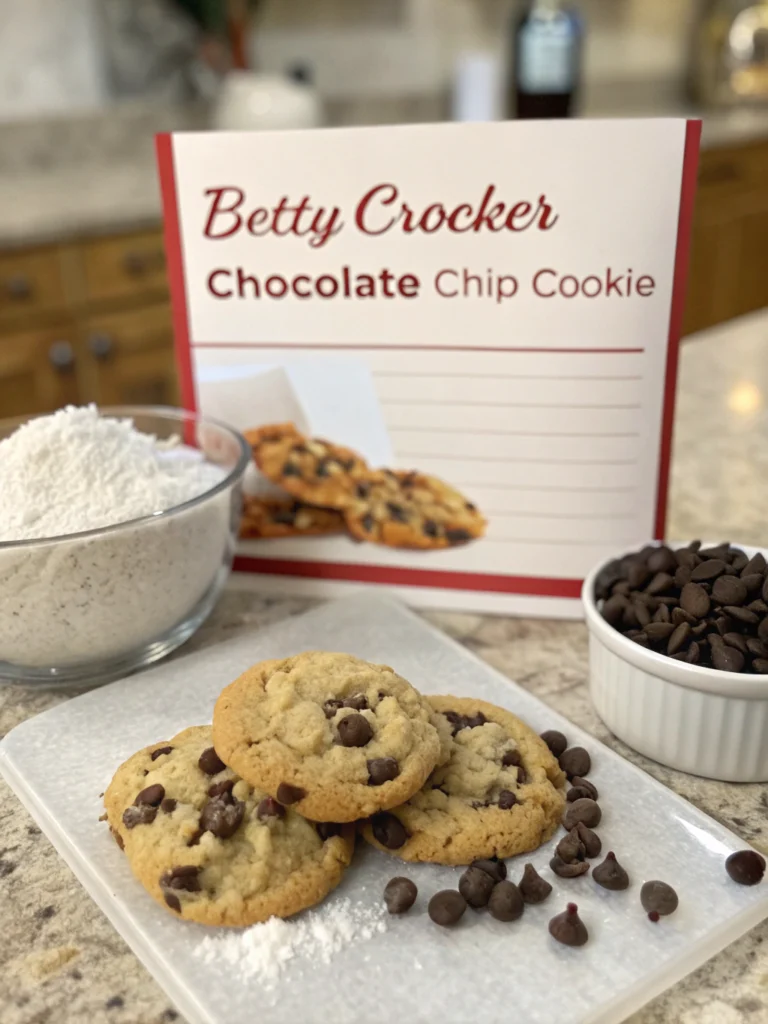Betty Crocker Chocolate Chip Cookie Recipe: 5 Tips for Perfect Cookies
Introduction
Did you know that over 7 billion chocolate chip cookies are eaten in the United States each year? Yet, despite this popularity, achieving that perfect balance of chewy centers and crispy edges remains elusive for many home bakers. If you’re betty crocker chocolate chip cookie recipe enthusiasts like me, you know that small adjustments can make a dramatic difference in your cookie results. The iconic betty crocker chocolate chip cookie recipe has stood the test of time for good reason, but with these five expert tips, you’ll elevate this classic to new heights. Let’s transform your next batch from merely good to absolutely irresistible!
Ingredients List
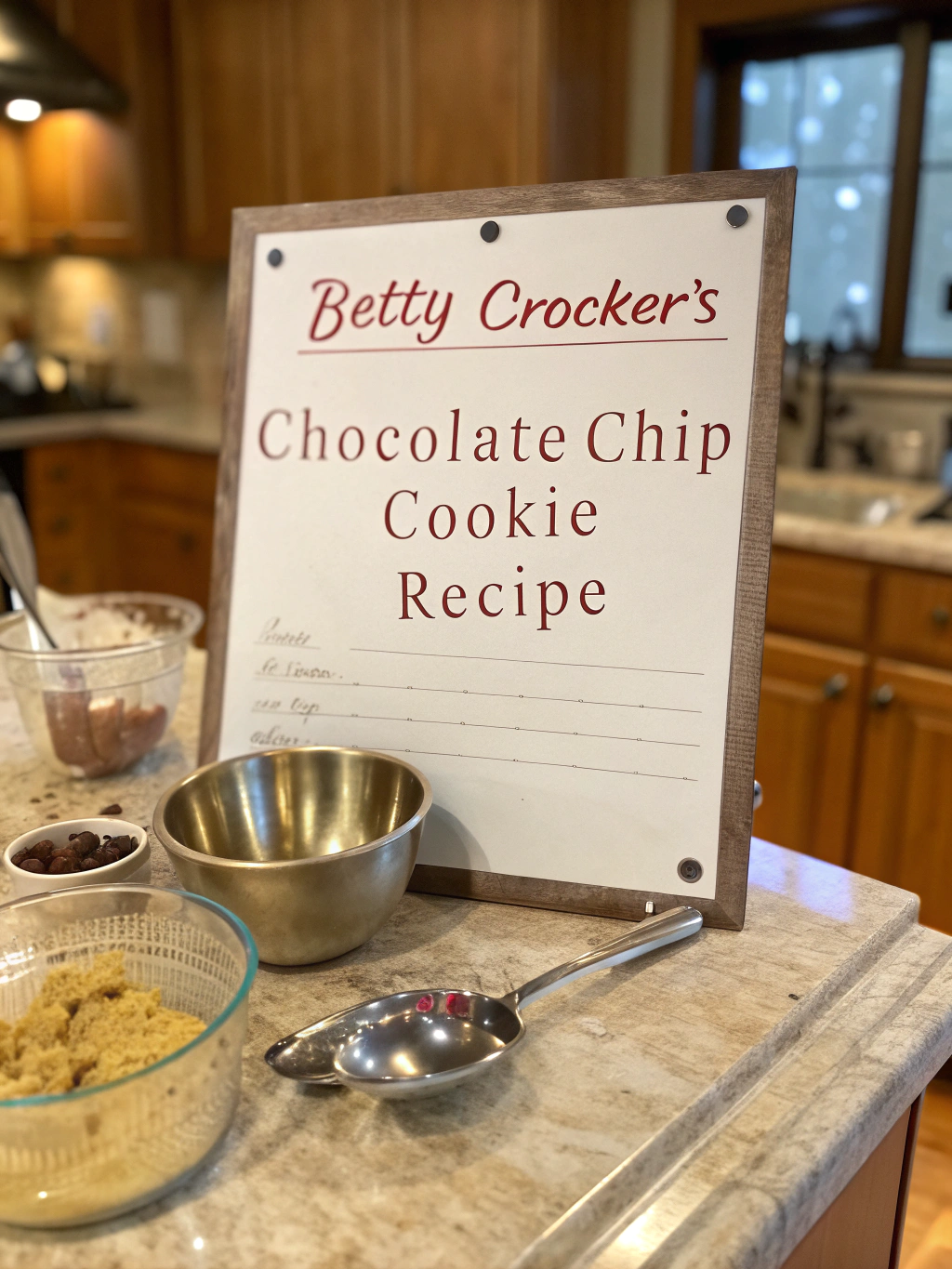
- 1 cup (2 sticks) unsalted butter, softened (substitute: 1 cup coconut oil for dairy-free option)
- 3/4 cup granulated sugar (substitute: coconut sugar for a caramel-like flavor)
- 3/4 cup packed brown sugar (light or dark will work)
- 2 large eggs, room temperature
- 1 teaspoon pure vanilla extract (premium extract makes a noticeable difference)
- 2 1/4 cups all-purpose flour (substitute: 1:1 gluten-free flour blend if needed)
- 1 teaspoon baking soda
- 1/2 teaspoon salt (sea salt adds a more complex flavor)
- 2 cups semi-sweet chocolate chips (substitute: dark, milk, or a mix of chocolate varieties)
- 1 cup chopped nuts (optional – walnuts or pecans work best)
Timing
- Preparation Time: 15 minutes (includes measuring ingredients and mixing the dough)
- Chilling Time: 30 minutes (this is 100% worth it for improved texture and flavor development)
- Baking Time: 9-11 minutes per batch
- Total Time: Approximately 60 minutes – 30% less than most homemade cookie recipes that require extended chilling periods
Step-by-Step Instructions
Step 1: Prepare Your Ingredients
Measure all ingredients before starting and bring refrigerated items to room temperature. Research shows that room temperature eggs and butter incorporate up to 30% more air into your cookie dough, creating better texture. If you forget to soften your butter, grate it with a cheese grater for quicker softening without melting.
Step 2: Cream Butter and Sugars Properly
Beat the softened butter, granulated sugar, and brown sugar with an electric mixer on medium speed for 3-4 minutes until light and fluffy. Don’t rush this step! Proper creaming incorporates air that helps create the perfect cookie structure. The mixture should lighten in color and increase in volume noticeably.
Step 3: Add Eggs and Vanilla
Add eggs one at a time, beating well after each addition. Stir in vanilla extract. This gradual incorporation prevents the emulsion from breaking, which would result in a denser cookie. The mixture should look smooth and silky at this stage.
Step 4: Combine Dry Ingredients
In a separate bowl, whisk together the flour, baking soda, and salt. Gradually add this dry mixture to the wet ingredients, mixing on low speed just until combined. Overmixing activates gluten, resulting in tough cookies – stop mixing as soon as no dry streaks remain.
Step 5: Fold in Chocolate Chips and Optional Add-ins
Gently fold in chocolate chips and nuts (if using) with a spatula. For an elevated twist, try using a combination of chocolate chip sizes – mini chips disperse more evenly throughout the dough while regular or chunk-sized pieces create pockets of melty chocolate.
Nutritional Information
Per cookie (based on 36 cookies):
- Calories: 150
- Total Fat: 8g (Saturated Fat: 4.5g)
- Cholesterol: 25mg
- Sodium: 90mg
- Total Carbohydrates: 19g (Dietary Fiber: 1g, Sugars: 12g)
- Protein: 2g
These cookies contain approximately 25% less sugar than many commercial chocolate chip cookies, while maintaining the classic sweet flavor profile that makes them irresistible.
Healthier Alternatives for the Recipe
Transform this classic treat into a more nutritious option without sacrificing flavor:
- Replace half the all-purpose flour with white whole wheat flour for 30% more fiber
- Reduce sugars by 1/4 cup total and add 1/2 teaspoon cinnamon to enhance perceived sweetness
- Substitute dark chocolate chunks (70% cocoa or higher) for semi-sweet chips to increase antioxidant content
- Add 1/4 cup ground flaxseed for omega-3 fatty acids and additional fiber
- Use coconut oil instead of butter for a different fat profile (though this will alter the flavor slightly)
Serving Suggestions
- Serve warm with a small scoop of vanilla ice cream for an indulgent dessert
- Pair with cold milk, hot coffee, or chai tea for a comforting afternoon treat
- Create ice cream sandwiches using two cookies with a scoop of your favorite flavor
- Crumble over yogurt parfaits for a crunchy breakfast treat
- Package in decorative containers with a handwritten copy of these tips for a thoughtful homemade gift
Common Mistakes to Avoid
- Using cold butter – this prevents proper creaming and results in dense cookies
- Skipping the chilling step – data shows that chilled dough spreads 25% less, creating thicker, chewier cookies
- Overcrowding the baking sheet – cookies need space to expand properly
- Overbaking – remove cookies when the edges are set but centers still look slightly underdone
- Using expired baking soda – this leavening agent loses potency over time, resulting in flatter cookies
Storing Tips for the Recipe
- Store baked cookies in an airtight container at room temperature for up to 5 days
- Add a slice of bread to the container to maintain moisture and prevent cookies from hardening
- Freeze unbaked cookie dough balls for up to 3 months – this allows you to bake fresh cookies on demand
- When freezing baked cookies, separate layers with parchment paper to prevent sticking
- For maximum freshness, vacuum-sealed cookies last 50% longer than those in regular containers
Conclusion
The betty crocker chocolate chip cookie recipe has remained beloved for generations because it balances simplicity with consistent results. By implementing these five expert tips – proper ingredient temperature, thorough creaming, careful mixing, strategic add-ins, and precise baking timing – you’ll transform this kitchen classic into something truly extraordinary. The small adjustments we’ve discussed make a tremendous difference in texture, flavor, and overall satisfaction. Now it’s your turn to put these tips into practice! Share your cookie success stories in the comments below, or tag us in your cookie photos on social media. Happy baking!
FAQs
Q: Can I make the dough ahead of time?
A: Absolutely! The dough can be refrigerated for up to 72 hours. Many bakers find that 24-48 hours of refrigeration actually improves flavor development.
Q: Why did my cookies spread too much?
A: Excessive spreading usually happens when butter is too warm, the dough wasn’t chilled, or there’s too little flour. Ensure you’re measuring flour correctly and always chill the dough.
Q: Can I use margarine instead of butter?
A: While possible, margarine has a higher water content than butter, which affects texture and spreading. If using margarine, add 1-2 tablespoons additional flour.
Q: How do I know when my cookies are perfectly done?
A: The edges should be golden brown while centers appear slightly underdone. They’ll continue cooking on the hot baking sheet after removal from the oven.
Q: Why should I use both granulated and brown sugar?
A: Granulated sugar creates crispiness, while brown sugar (which contains molasses) adds moisture and chewiness. The combination creates that perfect texture contrast.

